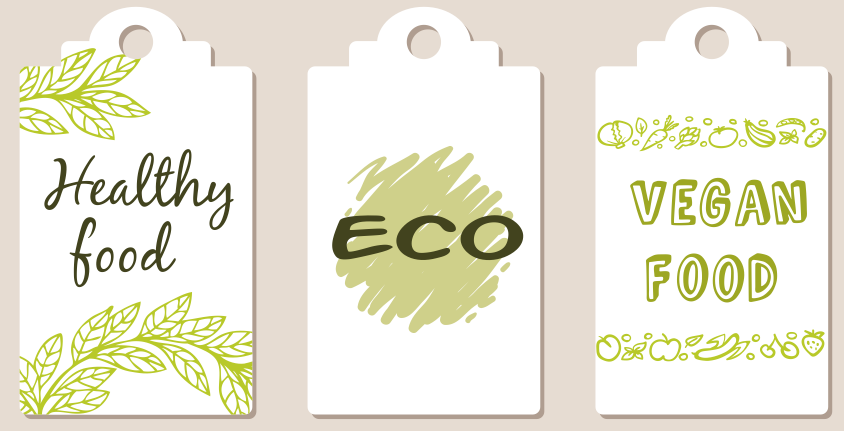A corporate drop-off catering menu is set-up differently from a restaurant menu. You are establishing a brand, an identity. You might consider giving this division its own name or sub-name, for example:
Edibles Catering Express
Edibles Catering On-the-Go
Edibles Catering Delivery
Edibles Catering On-the-Road
Edible Corporate Catering
Most items are offered family or buffet style, with minimum ordering requirements. Prices are customarily listed per person or platter size. Your pricing structure should be higher than your restaurant menu—across the board. If you charge $7.95 for a tuna sandwich in your restaurant, you can charge or $8.95 for the same sandwich, catered. Clients are expecting to pay more for the convenience you are providing. The catering menu should include your delivery area, delivery charges, required notice, cancellation policy, and payment terms. By offering separate menus, you are creating a more prominent corporate drop-off catering presence.
“There is a treasure trove of opportunities to cross-promote, increase awareness, and grow your brand.”
Your catering menu can be a focused, scaled back version of your restaurant menu. It is important to keep in mind that some of your in-house items may not travel well, or hold up satisfactorily if they are not served immediately.
Your restaurant customers may have no idea you can deliver to their businesses, and your corporate catering clients may have no idea you operate a restaurant. There is a treasure trove of opportunities to cross-promote, increase awareness, and grow your brand.
A separate catering menu, both a hard-copy and a Corporate Catering link on your website announces to the world that you mean business. You are establishing an identity as a catering company that is experienced, successful, and reliable.

Differentiate yourself from your competitors
Analyze the marketplace. Research and gather menus from the caterers in your area including colleges, delis, and grocery stores. Consider your competitions’ menu style, selections, hours of operation, pricing, minimums, service area, and delivery charges. Identify what, if anything, makes them unique. If you sell similar items can you differentiate your offerings and services in some way? Can your catering operation stand out and above the competition? You may feature specialty niche items, healthy dietary alternatives, fresh garden-grown herbs, home-roasted meats, home-baked breads, unique packaging, or local sourcing. Perhaps you are known for being very active in the community by donating to local events. You could be recognized for having the best customer service in town. Come up with some realistic ways to set your catering services apart from others.
Consistent concept
If you want to create a successful catering brand, you need a consistent product. Be sure your physical catering menu and its content matches the feel of your business. Focus on the things your operation does well and is set up to produce. For example, if you or your restaurant specializes in pizza, your catering menu should probably not highlight sushi. If traditional comfort food is your trademark, do not switch gears into a complex, sophisticated catering menu. It will confuse your customer base.
Portion control
Every item you serve should be measurable by weight or portion size. You should have a recipe book for everything the kitchen produces. This will ensure consistency and maximize profitability. Along with impacting your bottom line, consistent portion control affects your brand.
When you produce food in bulk quantities it must be tested, standardized, and documented. All bulk recipes need to be tested for accuracy prior to adding new items to your catering menu. Making one serving of pasta salad is not the same as producing 20 servings. In addition, it is important to establish the edible cost-per-portion (total cost of ingredients divided by the number of portions the recipe yields).
Pricing
When pricing your menu, factor in all the fixed and variable costs including food, labor, transportation, paper products, and other operating expenses. As a rule of thumb, your overall food cost for corporate drop-off catering should be approximately one-third of what you charge. For example, if you charge $7.50 for a turkey sandwich, it should cost you $2.50 to produce.
Evaluate your resources
Your available resources such as your physical working space, equipment, the skills of your culinary staff, and the responsiveness of your vendors all need to be considered. Serving 250 covers in your restaurant and coordinating 250 covers separated into 10 different corporate deliveries are two very different things. It is important to ensure that you and your team will be ready to handle a sizeable catering order with short notice (usually within 24 hours), as well as same day orders.
That’s just the start of menu creation and perfection! There are thousands of tips and strategies you can use to create a top-of-the-line menu.
 But always remember, if you have more menu questions, please visit us at www.thecorporatecaterer.com! We’d love to have you as a member! You can visit Michael’s website or email him.
But always remember, if you have more menu questions, please visit us at www.thecorporatecaterer.com! We’d love to have you as a member! You can visit Michael’s website or email him.



